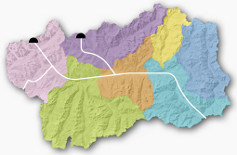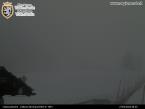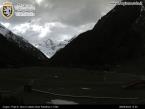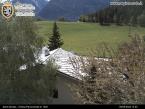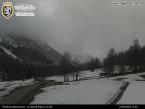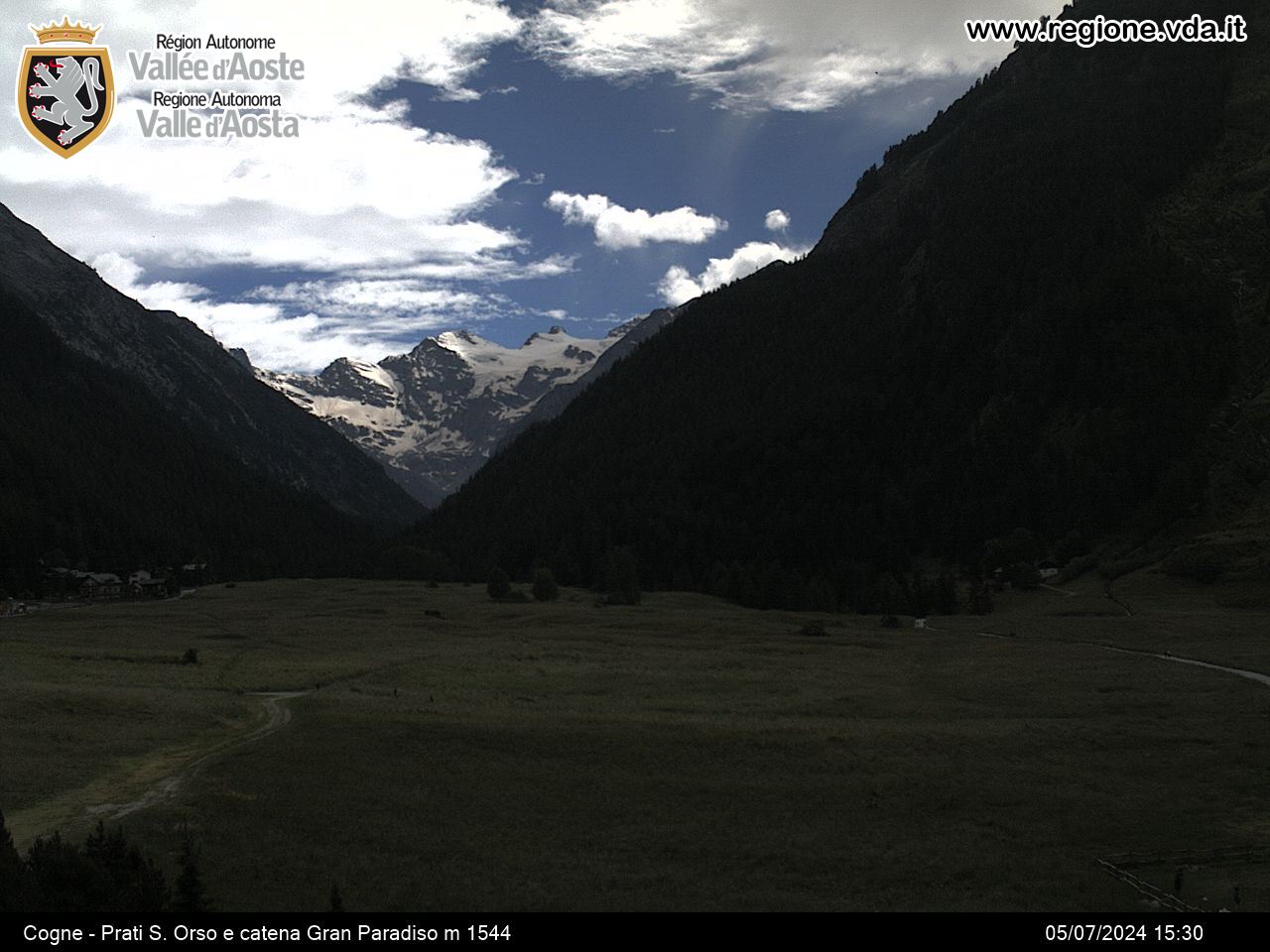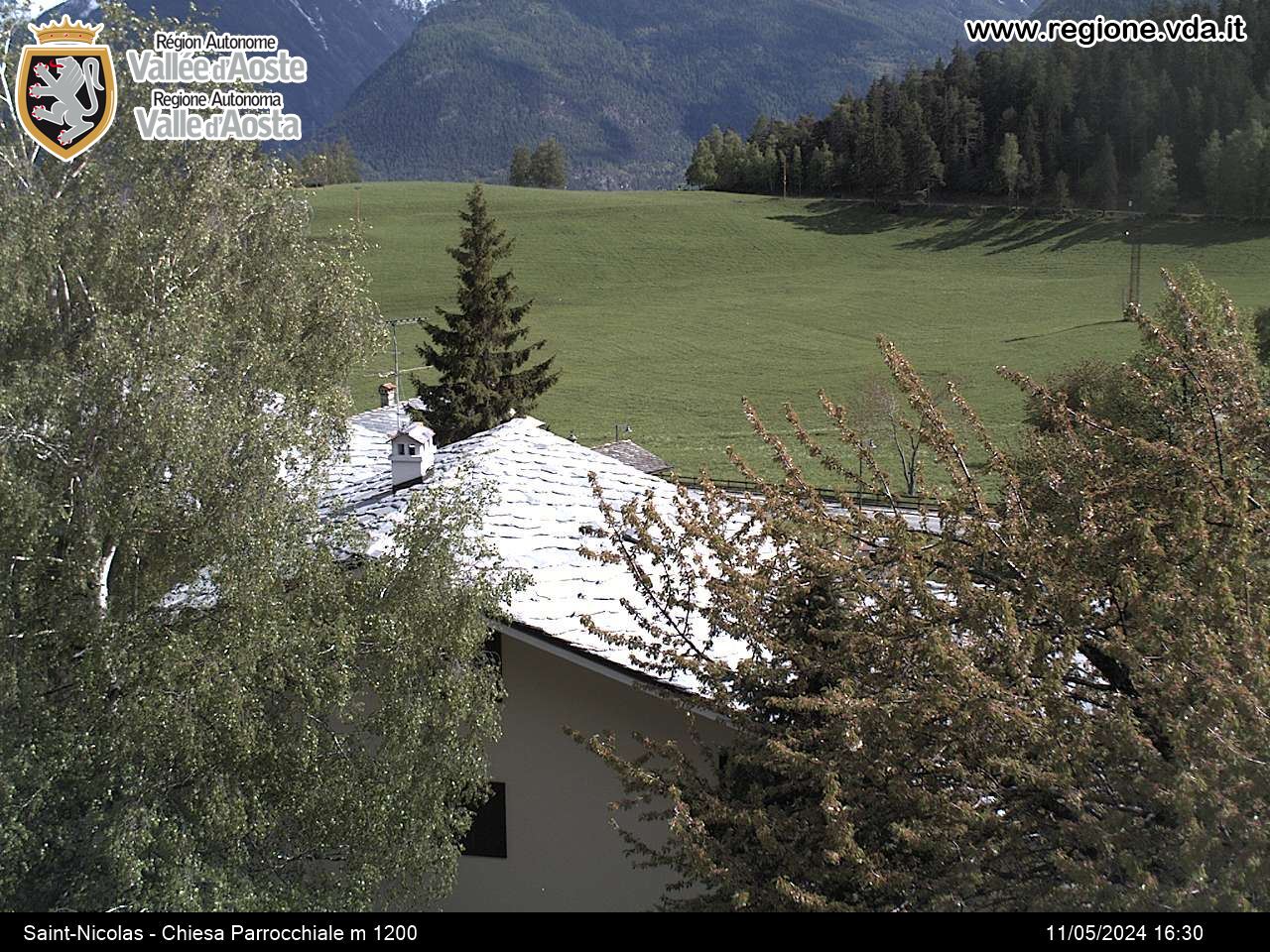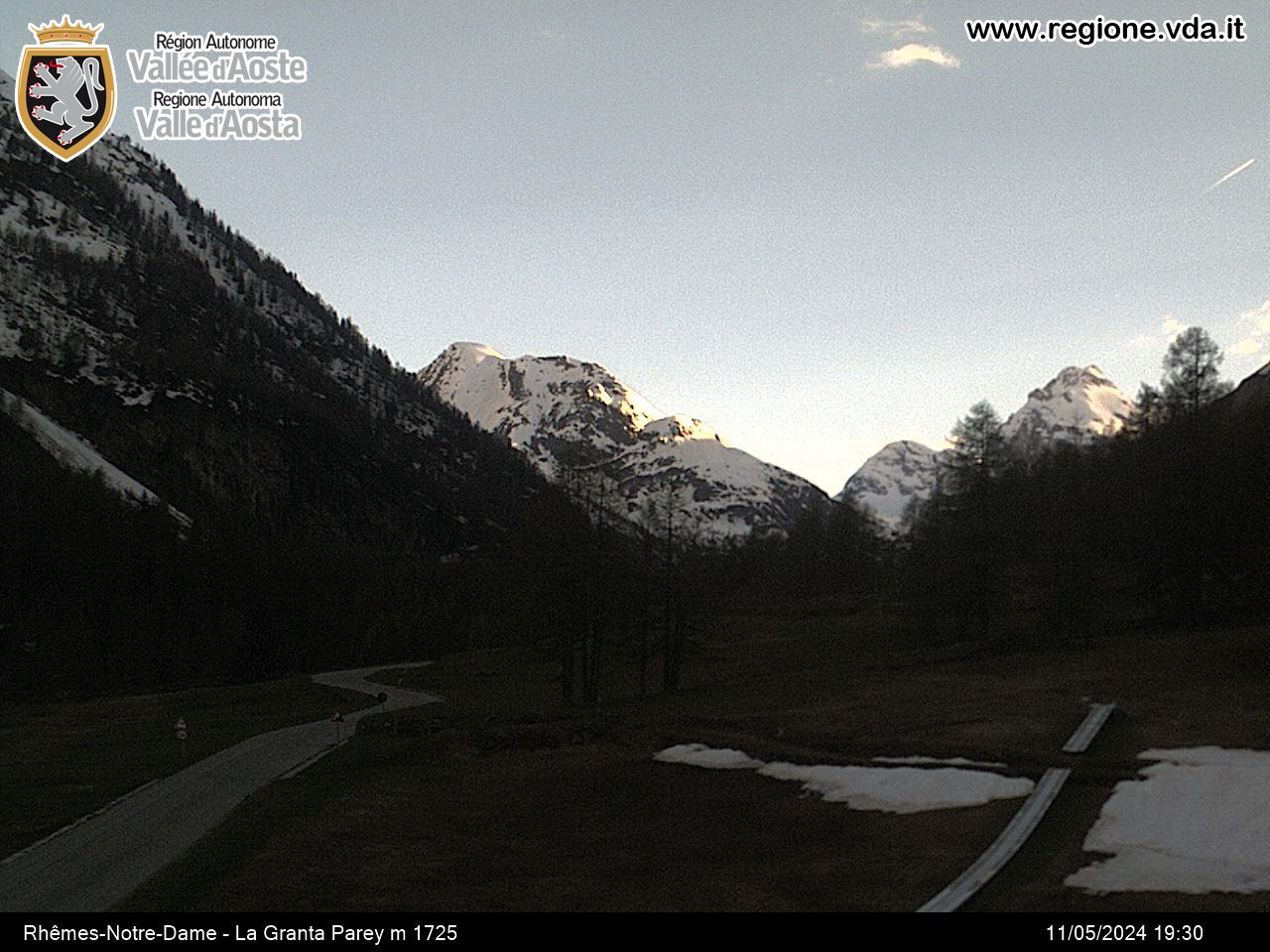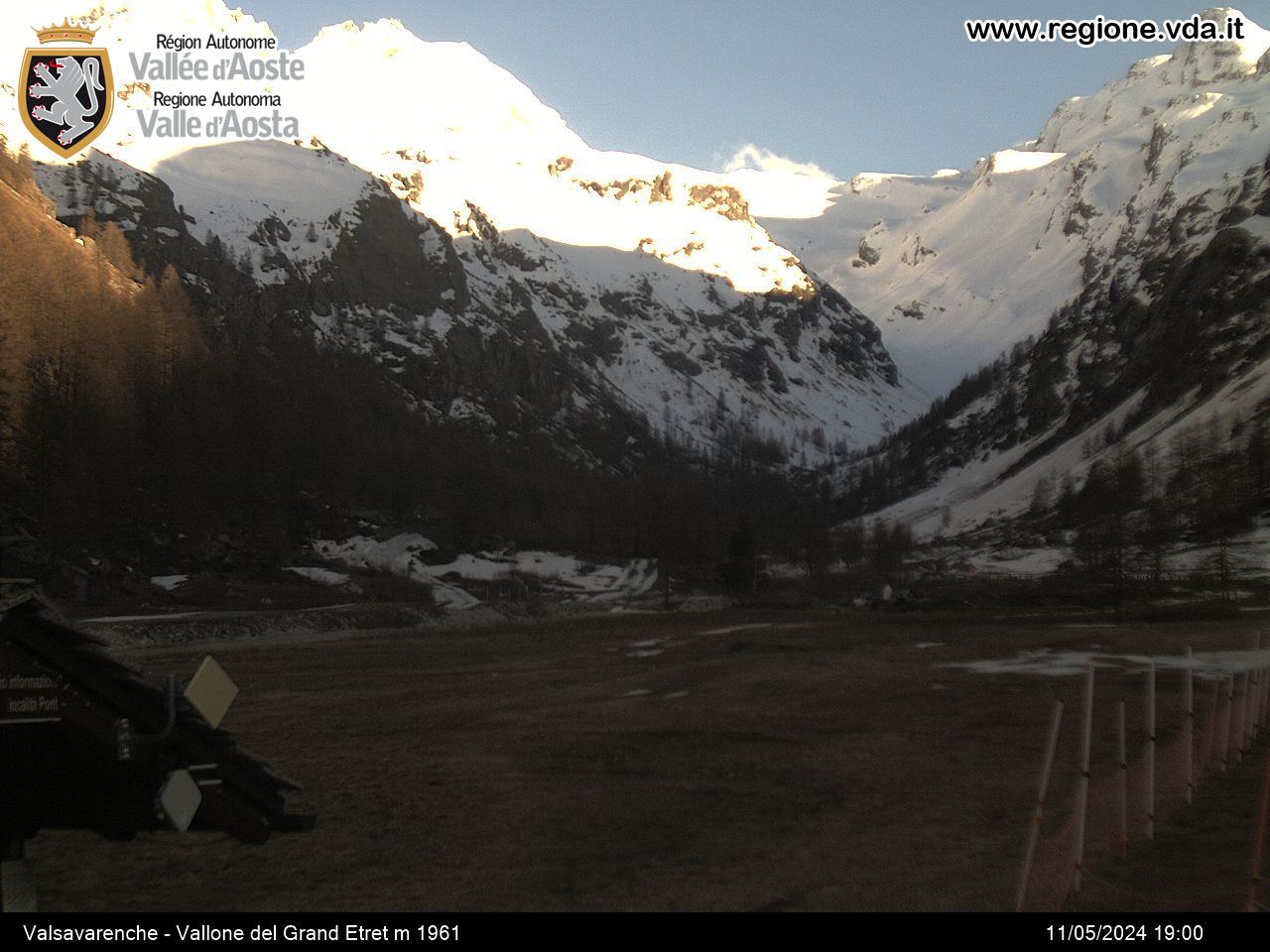Regional Natural Science Museum
After quite challenging restoration work, the Regional Museum of Natural Science named after its founder, Efisio Noussan, reopens to visitors.
The new project of museography is based on the castle-museum combination and intends to enhance both the historical-architectural and the scientific-naturalistic assets, adopting an approach that is in line with the most modern museography and museological guidelines.
The double register for the visitor allows the visitor, in each room, to learn about the history of the castle, and also to find out about the historical elements still present, such as fireplaces, furnishings, decorations and coats of arms, and the fauna, flora and the natural environment of Valle d’Aosta.
The visit to the museum thus becomes a journey through the ecosystems of Valle d’Aosta, which can also be accessed thanks to the interactive stations where the visitor will find news, maps, curiosities, images on glaciers, the climate, geology. The rooms set up in the traditional way are supported by the rooms that host multimedia equipment intended to create innovative and emotional experiences.
The museum combines the institutional activities of conservation, exhibition of the finds, and circulation with the activity of scientific research, carried out in its operational headquarters in La Salle, with the help of modern biotechnologies in support of the conservation of biodiversity.
The itinerary of the visit is organized in the 16 rooms of the castle located on the ground floor and on the two upper floors.
- 1-Hall of the Coats of Arms
The first room is entirely devoted to the history of the Castle. A modern multimedia station allows you to retrace the reconstruction phases of the castle during the succession of families to illustrate the painted coats of arms of the room and to tell about the archaeological excavations carried out during the work regarding the recovery of the castle.
- 2-Hall of Differences: From the Vineyards to the North Pole
Valle d’Aosta, despite its modest extension, is characterized by its high degree of biodiversity, proven by the many animal and plant species hosted within a radius of just a few kilometers. Going from the vineyards and olive trees of the lower valley to the glacial environments of Mont Blanc, the highest peak in the Alps, is similar to taking a journey from the Mediterranean Sea to the North Pole and the ice of the Arctic. The succession of altitudinal planes illustrates the differences that characterize the mountain environment from the foot to the top of the mountain through films and multimedia supports. The route then enters the regional protected areas, parks and nature reserves, Natura 2000 sites, and Alpine botanical gardens.
- 3-Hall of Time: The Old Museum of Natural Science
The walls and the vault found in the decorations, the wooden floor with two-tone squares and the wrought iron chandeliers, are the setting of the historical environment of the Museum of Natural Science. The history of the museum is told, from its establishment to the present day, in its historical and minimalist showcases.
- 4-Hall of Rocks: The Stones Tell Stories
Valle d’Aosta allows for a geological journey through the secrets of the rocks of the Alps, from the granite of Mont Blanc to the gneiss of Gran Paradiso, from the soaring lines of the Matterhorn to the Dolomite formations of the Cime Bianche (White Peaks). Geology is the main theme told through rock samples, images of peaks, geological and soil maps and virtual interviews with a geologist accompanied by insights into the soils of Valle d’Aosta.
- 5-Hall of the Slopes: Adret and Ubac
Each valley oriented from east to west, or vice versa, has a sunny south-facing side (adret) and a shady north-facing side (ubac). The exposure determines significant differences in temperature and climatic conditions, influencing crops, ecosystems, plant and animal species, and the mood of the inhabitants. The climatic and environmental differences between the southern and northern slopes are another aspect characterizing the mountain territories and, in particular, the Valle d’Aosta territory. There are numerous insights into the themes of rainfall and temperatures with a focus on climate change.
- 6-Hall of the Abbés Savants: The Eyes of Faith and Science
The route of the visit continues in the two intermediate halls located between the ground floor and the first floor. The abbés savants, the scientist priests who animated the intellectual and scientific life of Valle d’Aosta between the 19th and 20th centuries dedicated themselves to study, research and circulation of information.
- 7-Noussan Hall
This hall is dedicated to Efisio Noussan, a well-known entrepreneur from Valle d’Aosta, a passionate connoisseur of the culture and natural environment of Valle d’Aosta. Thanks to his tenacity, the Société de la Flore Valdôtaine resumed its activities and in 1985 the Regional Museum of Natural Science was established which today bears his name.
- 9 and 10-Halls of the Water: The Creative Force
From glacier water to high-altitude springs, from alpine lakes to waterfalls, from peat bogs to marshes, from streams to ponds, Valle d’Aosta is entirely designed and traversed by the vital force of water, which shapes the mountain landscape bringing life and sometimes even destruction. Through dioramas and naturalistic reconstructions, it is possible to closely observe the environments that are strictly linked to the presence of water and characterized by delicate balances. The adjacent room offers a sound and visual experience, with the sounds of waterfalls, rain, streams, and the dripping of glacial melt water.
- 11-The Hall of the Forest: The Secret Life
A short night walk through a mountain forest, accompanied by the cries of birds and mammals, the rustle of the wind, mysterious shadows, and primordial sounds, arouses sensations and allows the visitor to discover the different types of trees, their inhabitants, the woods and their distribution on the territory. An environment reproduced in full size.
- 12-Hall of Vertigo: The Inhabitants of the Void
The abstract reproduction of the rocky environments of Valle d’Aosta illustrates the adaptation of the various animal and plant species to vertical life, which also includes man, who “conquers” the void with road works, terraces and suspended villages. Reproductions of animals and plants via 3D printing are exhibited in the display cases.
- 13 and 14-Prairie Halls: The Four Seasons
Like in a virtual journey towards higher altitudes, you reach the prairies where you can observe the changes imposed by the passage of time, which makes flowers sprout and wither, retains and erases the traces of animals, calls and drives away the herds, flocks and shepherds. Green in summer and white in winter, the prairie marks the rituality of the Alpine seasons.
- 15-The Hall of the Cold: Living Ice
For at least two centuries the glaciers have been a tourist attraction of Valle d’Aosta but they have also been a workshop of scientific discoveries and a climbing gym, landscape modeling agents, important environmental indicators and an irreplaceable reserve of water. The glacier is “living” matter that glides downstream like a frozen stream. In addition to a video interview on the birth of mountaineering, the stations provide information on glaciers and the effects of climate change.
- 16-Hall of Emotions
The experience of visiting the museum ends with a journey through Valle d’Aosta, with spectacular panoramas and engaging images with the aim of arousing interest and curiosity in the visitor so that he/she can discover, with greater awareness, the nature of Valle d’Aosta in the area itself.
Contact
-
Telephone:(+39) 0165 95931
-
E-mail:
-
Internet:
-
Telephone:(+39) 0165 862500











